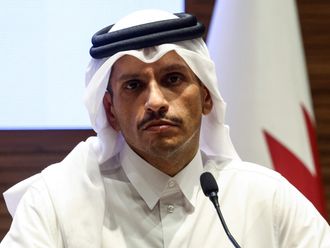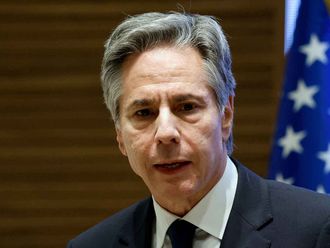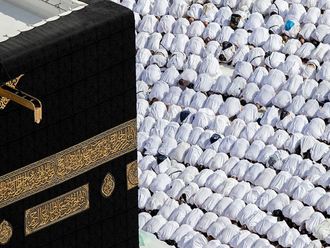Manama: The design of Qatar's Museum of Islamic Art (MIA) building that combines the traditional and the modern is part of a larger dialogue between Islamic and Western architecture that will continue for years, Paul Goldberger, an architecture critic has said.
"Even the quest in this design to find some common ground between traditional elements of Islamic design and modern architecture is part of a larger dialogue between Islamic and Western modern architecture that precedes this building by many years, and will continue long beyond it," Goldberger said.
The Pulitzer Prize-winning author was discussing the Museum as work of Islamic architecture in his talk, "Islamic Architecture, Modernism, and I M Pei: The Challenge of the Museum of Islamic Art" at the Fourth Biennial Hamad bin Khalifa Symposium on Islamic Art that opened at the Museum of Islamic Art (MIA) premises in Doha on Saturday.
Career IM Pei
He said that it was essential to analyse the Museum of Islamic Art as a key event within the career of I M Pei, one of the central figures in the architecture of the last 60 years.
"I think we can say that Pei has succeeded in creating a meaningful synthesis, in part because he was able to use so many architectural elements that Islamic and Western architecture have in common. If he used some in a more Western way than Islamic traditionalists would like, we must remember again that his goal was to make a modern building, as well as a building that will be a landmark in Doha, in Qatar, and in this entire part of the world," Goldberger said, quoted by Qatari daily The Peninsula on Sunday.
Pei drew inspiration for his design from ninth century mosque of Ahmad Ibn Tulun, the oldest mosque in Cairo.
Attraction
"It is not difficult to see the connection between the high domed fountain in the central courtyard of Ibn Tulun and the museum Pei would come to build in Doha just as it is easy to see the influence of the arcades facing the courtyard of the lbn Tulun mosque and the arcades in the courtyard he would design in Doha between the main building of the museum and its education wing. Pei's attraction to the mosque in Cairo was genuine, and ran deep," he said.
Shaikha Mayassa Bint Hamad Al Than, Qatar Museums Authority Chairperson, opened the three-day symposium titled "God is Beautiful; He Loves Beauty: The Object in Islamic Art and Culture," The symposium is organised by Sheila S Blair and Jonathan M Bloom who have shared the Hamad Bin Khalifa Endowed Chair of Islamic Art at Virginia Commonwealth University since its establishment in 2006.
Speaking about the fellowships, the organisers said when they decided to organise the first symposium in 2004, they wondered who would attend it.
"We realised the people who should be there might not be able to afford to come."
"We try to get a range of people, young adults to retired people. They have to write an essay telling us why want to come."
The 20 artists for "God is Beautiful; He Loves Beauty" were selected from around 200 applicants for the Hamad Bin Khalifa Travel Fellowships. They will be awarded a Hamad Bin Khalifa Fellowship certificate.











